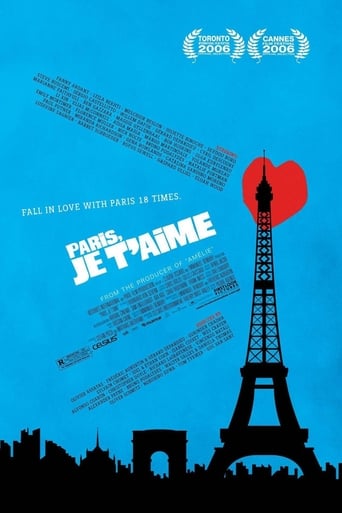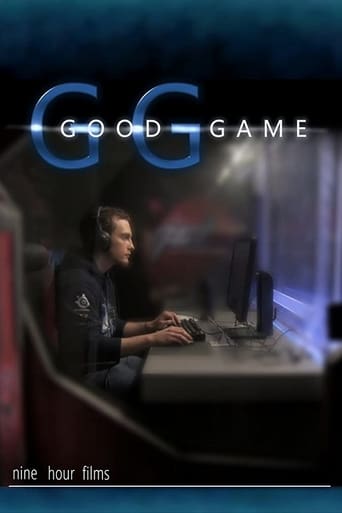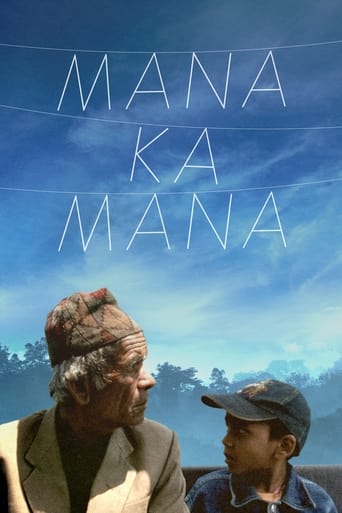
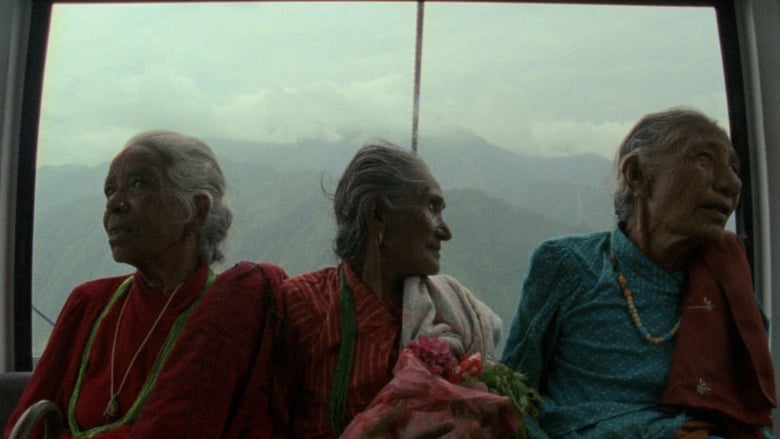
Manakamana (2013)
A documentary about a group of pilgrims who travel to Nepal to worship at the legendary Manakamana temple.
Watch Trailer
Cast
Similar titles

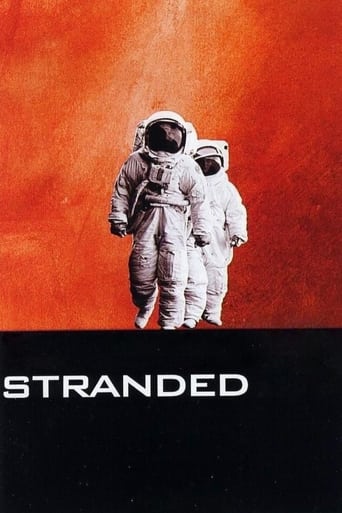

Reviews
People are voting emotionally.
Clever, believable, and super fun to watch. It totally has replay value.
The film creates a perfect balance between action and depth of basic needs, in the midst of an infertile atmosphere.
This is one of the best movies I’ve seen in a very long time. You have to go and see this on the big screen.
It starts slow, really painfully slow. No dialogue until 25 minutes, when a couple get in and mention they're going to worship at the temple and what fun it'll be. They have a chicken with them. We see the couple again at the end, the only people to appear twice. They still have the chicken, but it's feet are sticking out of a carrier bag. It's an odd documentary, like zen people watching. The idea being you're in the cable car with them, climbing up and down the Nepalese hillsides. It's made to look like one continuous shot, but isn't, although there's still a real honesty and clarity about it. Each time the car reaches a station, it plunges into darkness at the turnaround, there's a wait to see who's next as figures slowly reveal themselves in the shadows. Then with a sudden rush of sunlight as the car emerges, we're greeted with goats! Fantastic!! The goats watch as the hill side passes. What do they make of it is anyone's guess, but a few euphoric sounding bleats suggest they're having fun. At least until they get to the temple that is. The three metalheads taking photos are very funny and the two old ladies struggling with fast melting ice-cream are hilarious!! There's a weird intermission of darkness at the half way mark, with a few minutes of just sound. It's eerie, but fits well. As unusually entertaining as all this is, it's the two guys that get in with their instruments (Sarangi... I googled it) that steal the show. They muse on how things have changed in the world, tune up said instruments and proceed to bang out a song. It could be that much of the silence in the film heightens this musical interlude, but it's still pretty cool. Which is a good summary of the film, it's pretty cool.
Manakamana is a spiritual experience. True, it is filmed inside a cable car that is transporting its passengers to a temple in the foothills of the Nepalese Himalayas dedicated to Manakamana, the Hindu goddess of good fortune. However, the ethereal experience of the film does not only belong to the passengers but also to us, the audience, the voyeurs. The work is filmed in 16mm and records 11 trips. This gives the audience the depth of time to watch, listen, observe and internalize these pilgrims. In this hypnotizing act of looking, we become pilgrims ourselves, enthralled in a simultaneous internal and external exploration of landscapes. Stephanie Spray and Pacho Velez are the filmmakers behind this work. Stephanie Spray is a filmmaker, phonographer and anthropologist who has been working at the Sensory Ethnography Laboratory at Harvard University since 2006. Her work exploits different media to explore the confluence of social aesthetics and art in everyday life. Since 1999 she has spent much of her time in Nepal, roaming its mountains; studying its music, religion and language; and making films. Pacho Velez's work sits at the intersection of ethnography, structuralism and political documentary. Though shot in different countries, using distinct formal strategies, his films share a preoccupation with local responses to broad changes wrought by globalisation. He teaches at Bard College.These two influences are reflected in the situation of the work geographically, both on a temporal and otherworldly level. The nuances of culture, gender, nationality, age, and marital status are all revealed to us on this journey. As a trio of elderly women, a pair of young American tourists, a husband and wife, three young men, two musicians and a small herd of goats each take their trip above the rich and verdant landscape, a character study ensues. Each entity is occupying space that someone else previously did. However, even though they may be travelling along the same route and may have the same destination, they are all worlds apart. One of the things that I will carry forever with me of this film, is the feeling that not only was I watching these people but they were watching me too. The camera lens felt like a two way portal. That feeling of being connected to another time, space and entity engendered feeling of meditative peace and tranquility. It sparked a complex internal dialogue that could not be translated with words.This film is probably the furthest thing away from Hollywood that I have seen, at least in a long time. It is breathtaking in the boundaries that it challenges and transcendental in its quiet ambition.
Nepal is undoubtedly one of the most beautiful country in the world - needless to say the most beautiful in the entire South Asian region. One of the beauties of this small country is its hills and mountains, and no camera in the world is enough to capture its breathtaking beauty. Manakamana comes forward and tries to capture this beauty in such a way that one feels they are inside the cable car and actually making a voyage atop the hills of Gorkha region.Manakamana, which literally means desire of the heart, is a temple located on top of a hill, of the same name. To travel Manakamana is not an easy task, not at least twenty years ago when the transportation was not available. People had to travel for three days by foot, and finally reach the temple which is believed to fulfill the desire of every pilgrims. The older generations have a lot of memories trapped in the hills. And when to refresh those memories of hiking through the hills, but at the cable car. The movie has no narration at all, an that is the strongest part. You just sit comfortably, and let your soul travel through the cable car, enjoying the beautiful scenario outside, listen to the conversations pilgrims make about various myths of the temple, their struggle in early days, and many more. A huge contrast in generation, nationality, profession is shown brightly. Unlike the artificial and pretentious beauty its neighboring country India possess, Nepal's beauty actually attracts you like a powerful magnet - and Manakamana literally takes you on a superb journey.
I was alerted by a Nepali blog to go watch Manakamana. As a Nepali, as Eastern peoples as a whole, we've sub-consciously been trained for occasional cinematic, literary or verbal critics and analysis of various segments of our culture which has trained a part of our brain to just accept these 'mystical' misinterpretations of fundamental aspect of our lives. Hence with that same mind-state I went to the theater with another one of my Nepali friend. At first, I had an idea that they would show the drama in the temple, the sacrifice of animals, the deluded people and all of that which would help further in securing science and progression as a strictly Western heritage by showing the contrast. But I was wrong. This is a very fair and a nonchalant depiction of a group of pilgrims traveling to the top of a hill which houses a temple we revere as 'Manakamana'. In that, 'Mana' meaning heart and 'Kamana' meaning yearnings, as is believed in Hindu religion, we go there to pray or wish for something by traveling to the top of the mountain and letting the Goddess know. This was previously hard and often took 3 days walk but is now done through a cable car as if one were going to Aspen to ski. So the whole film is just the shot of the travelers inside those cable cars and little bits they spill about their lives. To Orientalists who must be hunting for that deeply Eastern mystic and spiritual getaway through epic visuals and hyperbolic language, it is a disappointment. But even to me as a Nepali who was looking for all the things that a Westerner could get wrong in the depiction of something so complex an idea, I was disappointed. My expectations of misinterpretations were disappointed. I was not contented either. I mean, we were two Nepalese people sitting in midst of this independent-film-watching American crowd and I didn't know what about us in that simple travel to the top of a temple became so mystical that it necessitated a film! I felt that this was something that could be archived as a stock footage of 'The Arrival of Cable Car' in the Library of Congress in Nepal if we had one. But other than that, I only enjoyed watching my people in the rawness that they appeared in. For others, I simply do not know what this depicts.





